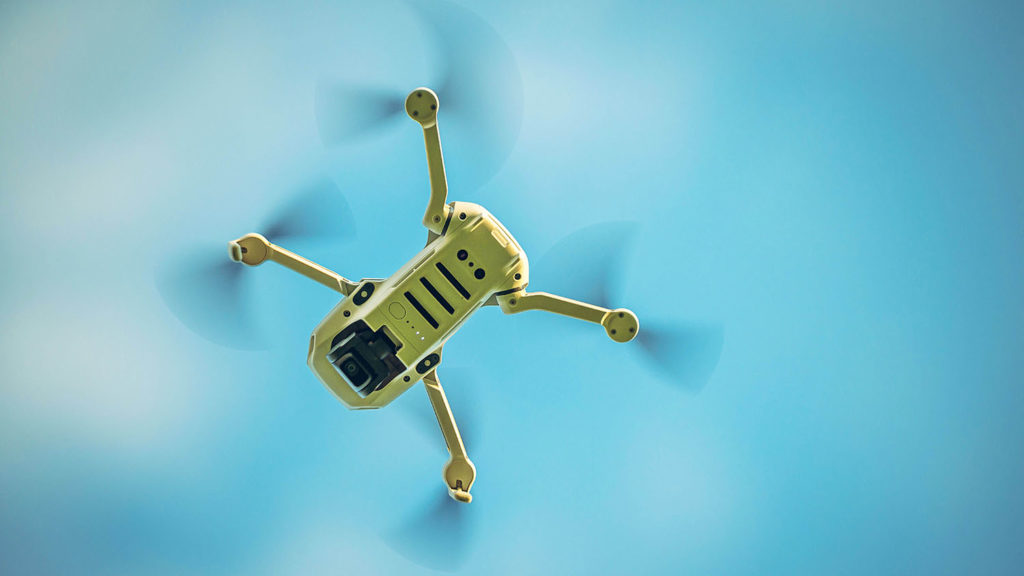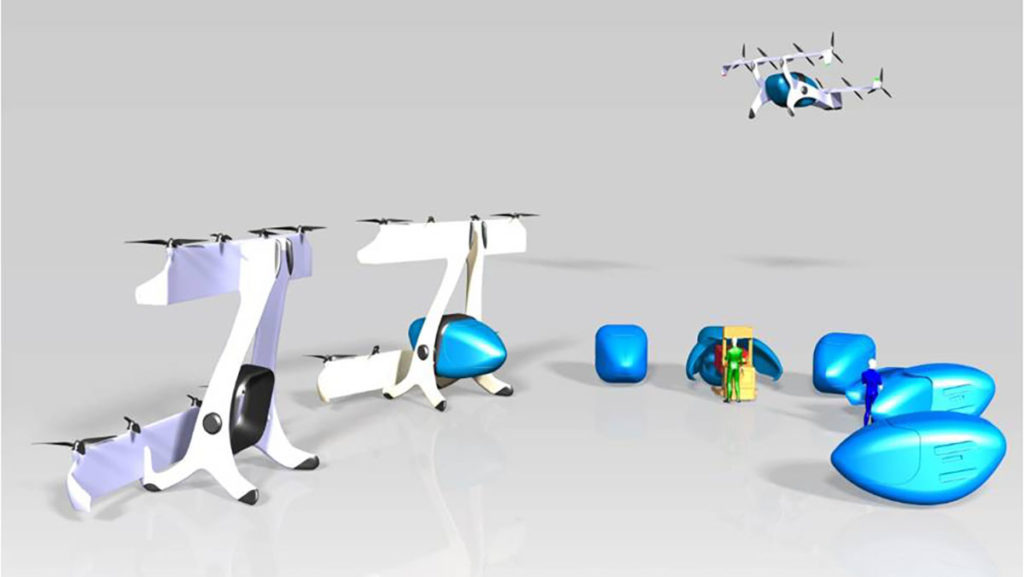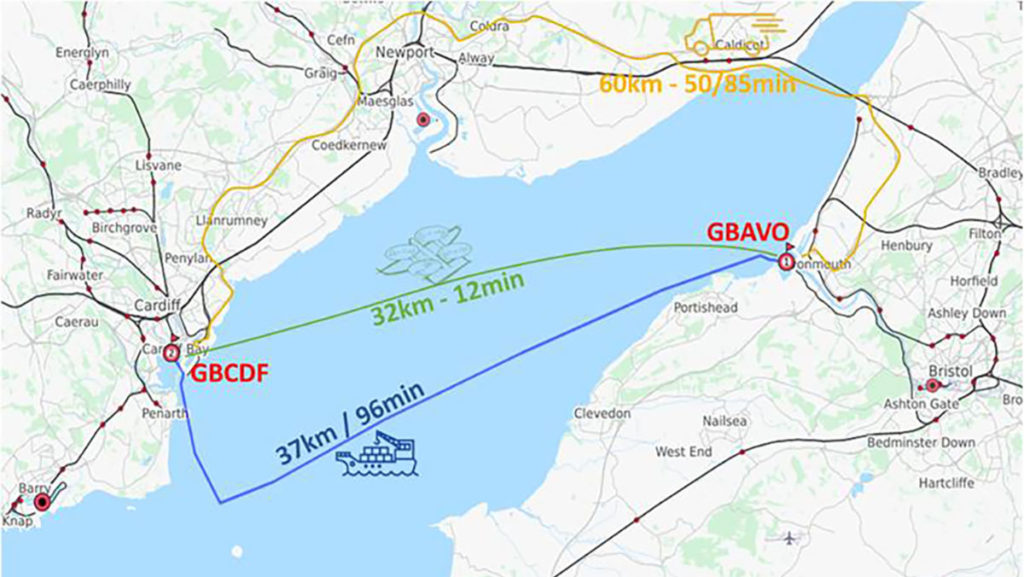The pilot project to deliver goods between the two cities may create up to 1000 new jobs across Wales and South West England.

Carbon free fuel drones may be flying between Cardiff and Bristol, whilst generating hundreds of new jobs across Wales and South West England.
Dock-to-Dock, project developed by Cardiff University, Neoptera Aero Ltd, Smart Ports Ltd, and UWE Bristol, will design a pilot scheme to deliver goods by air and sea between the two coastal cities using unmanned vehicles powered by ammonia and hydrogen.
The research team’s leader at Cardiff University, Dr Agustin Valera-Medina, said: “We are going to evaluate how we can bring hydrogen and ammonia into Cardiff and Bristol, ports and airports, to see if that’s the fuel that can power these vehicles in the near future.
“In the best scenario, 15 years from now Cardiff and Bristol will be both running their airports and ports fully on ammonia.”

Source: Neoptera Aero Ltd
In the long term, the scheme will bring between 500 to 1000 new jobs across Cardiff, Bristol and Milford Haven.
The project is part of a bigger plan to reach CO2 free emission by 2050, unlocking the power of ammonia within the aviation sector while demonstrating a competitive alternative to road goods transportation.
Cardiff University has obtained around £3 millions in funds coming from Innovate UK’s Future Flight Challenge.
Talking about the funding, Business Minister Nadhim Zahawi said: “Wales has a proud aerospace sector, employing thousands across the country. We are determined to support Welsh innovation in developing future flight technologies, helping us to build back better and greener.”

Source: Neoptera Aero Ltd
Ammonia for the aviation industry
Ammonia, generally used as fertiliser, has recently shown lots of potential since it can be burnt in an engine or used in a fuel cell to produce electricity.
“We put together a demonstrator in Oxford and we showed that we can have a wind turbine producing electricity, from which hydrogen, ammonia, ammonia power, power back to the grid can be done.
“It has been the first time worldwide that the whole concept has been demonstrated,” said Dr Valera-Medina.
The idea of using ammonia as aviation fuel is not new. It has already been successfully employed by Nasa’s X-15 rocket during the 60/70s.
Although, as Dr. Valera-Medina explained, it was more for research purposes since climate change was not an issue yet.
Ammonia also has significant advantages compared to other renewable energies.
“It is very straightforward and easy to handle chemical, combined with facilities already in place to store some of it, would enable an easier transition across the world, especially in places such as Milford Haven, where infrastructure exists to receive chemicals of this type.
“In terms of costs, ammonia would be very convenient.”

Source: Neoptera Aero Ltd
Main challenges
According to the researchers, one of the difficulties will be changing the public perception towards this compound for then selling the concept to ports and airports companies.
Plus, health and safety matters that could potentially jeopardise the entire programme.
“The way people handle ammonia will have to change, with more training required. That’s I think the main challenge,” said Dr Valera-Medina.
